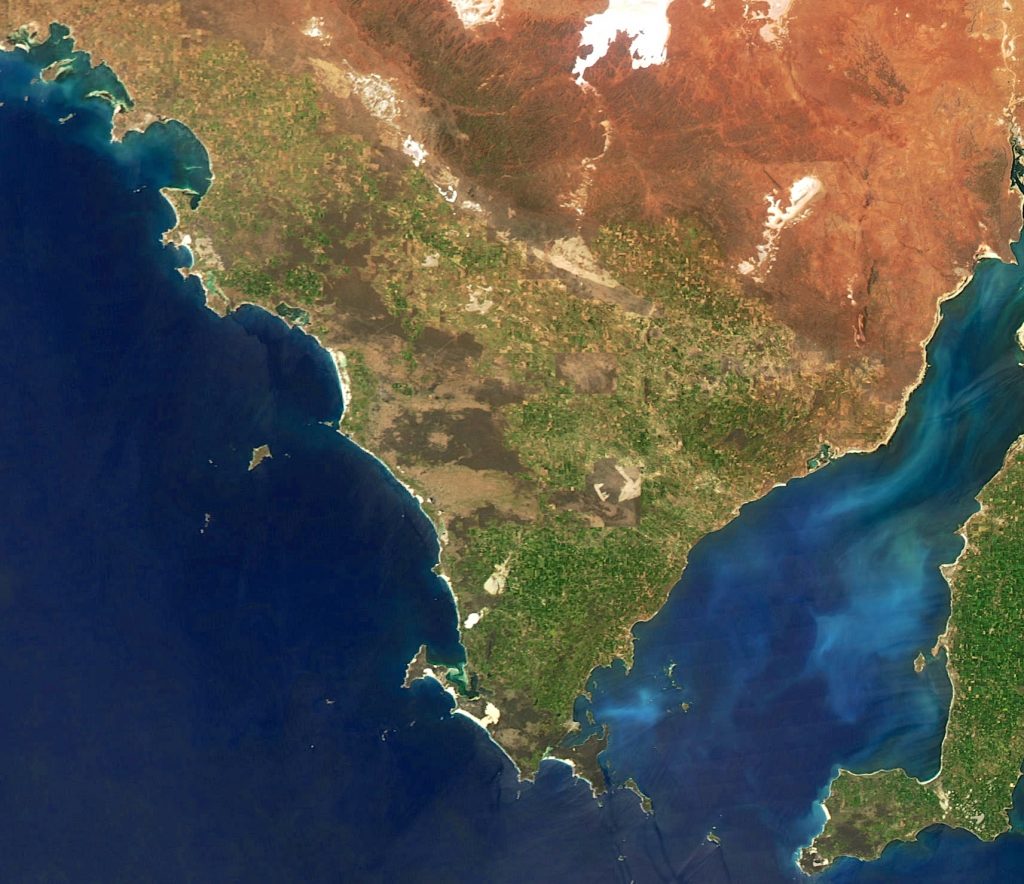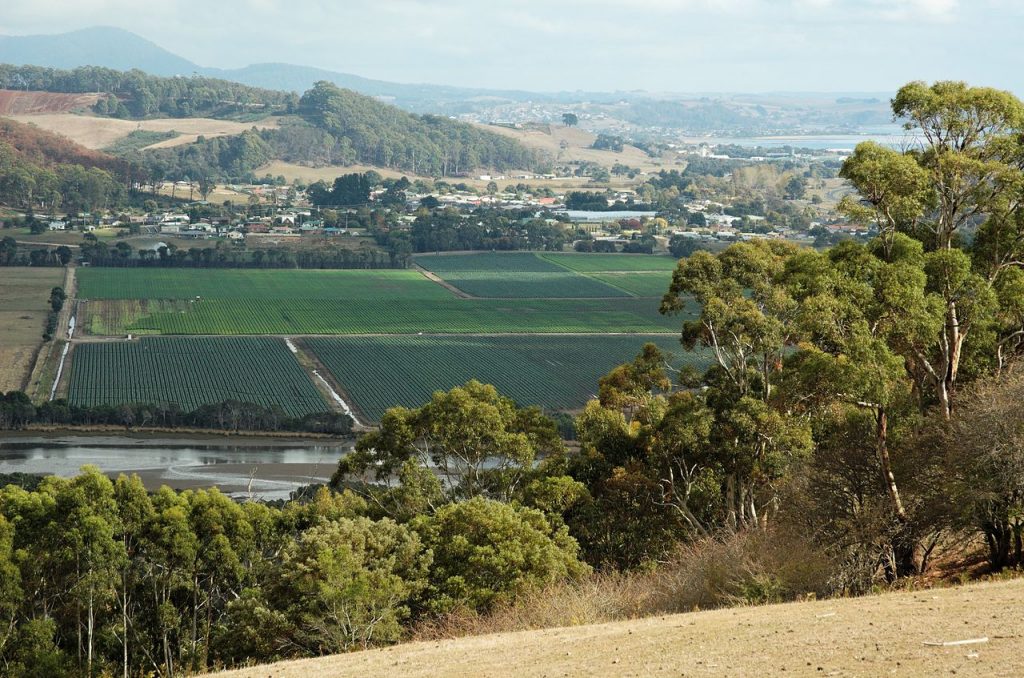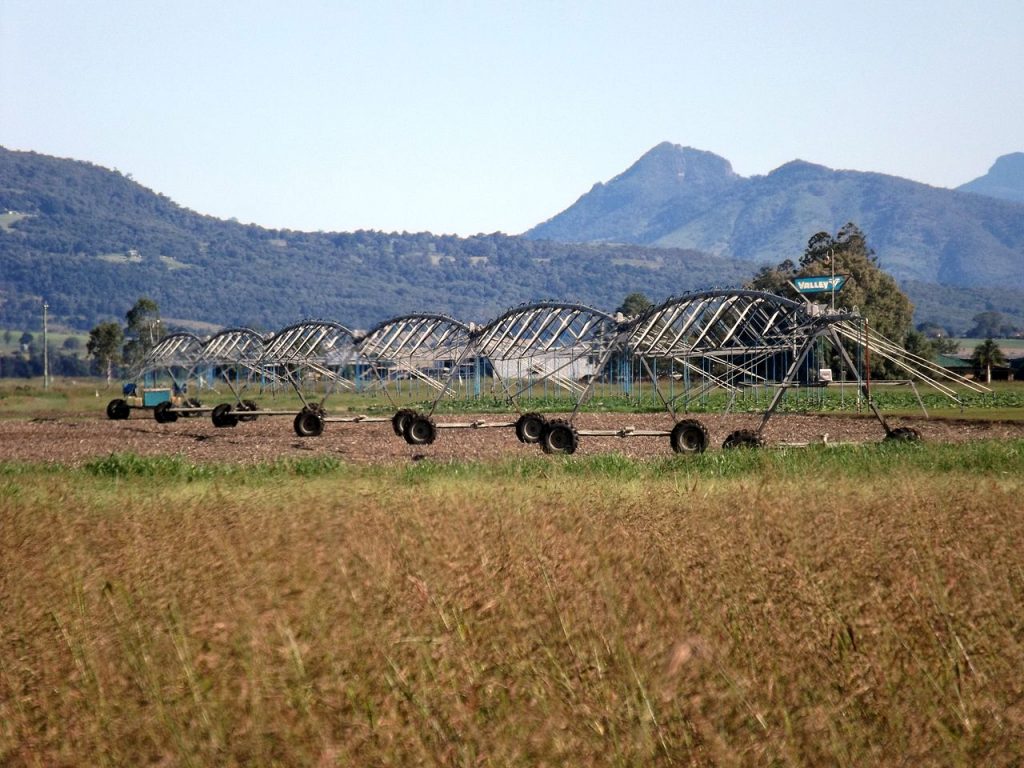
Wheat leaf rust, caused by Puccinia triticina, is one of the most widespread and economically damaging diseases affecting wheat production globally. This fungal disease reduces crop yields, degrades grain quality, and increases production costs due to the need for additional fungicide applications and management efforts. The economic implications of wheat leaf rust extend beyond the direct losses in yield and quality, affecting farmers, agribusinesses, and entire supply chains. This article examines the economic consequences of wheat leaf rust from both microeconomic and macroeconomic perspectives, highlighting both major and minor impacts on the agricultural economy.
Microeconomic Perspective: The Impact on Farmers and Agribusiness
From a microeconomic standpoint, wheat leaf rust directly affects individual farmers and agricultural businesses. The economic burden can be categorized into the following key areas:
1. Yield Reduction and Revenue Loss
Wheat leaf rust can cause yield losses ranging from 5% to 50%, depending on the severity of the outbreak, the susceptibility of the wheat variety, and the environmental conditions. This reduction in yield translates to lower revenues for farmers.
For example, in high-production regions like the U.S. Great Plains, Australia, and India, even a 10% decrease in yield can result in substantial financial losses. If a farmer was expecting a yield of 4 tons per hectare but loses 10%, the reduction of 0.4 tons per hectare, at a market price of $250 per ton, equates to a $100 loss per hectare.
2. Increased Production Costs
To mitigate the effects of wheat leaf rust, farmers must invest in disease management strategies, including:
- Fungicide Applications: Frequent fungicide treatments are required in areas where leaf rust is prevalent. Each application can cost between $10 and $50 per hectare, depending on the product and application method.
- Labor Costs: Monitoring fields, scouting for disease outbreaks, and applying treatments require additional labor.
- Resistant Seed Varieties: While resistant wheat varieties can reduce infection rates, they are often more expensive than conventional seeds.
3. Quality Reduction and Market Penalties
Even if wheat leaf rust does not cause significant yield loss, it can affect the quality of the harvested grain. The disease weakens plants, leading to smaller grains with lower protein content, reducing their market value. In many regions, wheat buyers impose price penalties on lower-quality wheat, leading to reduced income for affected farmers.
4. Financial Risk and Credit Access
Farmers who experience repeated outbreaks of wheat leaf rust may face difficulties in securing agricultural loans. Lenders and financial institutions assess the risks associated with farming operations, and continuous yield losses due to disease outbreaks can lead to higher interest rates or reduced loan availability.
5. Crop Insurance Costs
In some regions, farmers rely on crop insurance to mitigate risks associated with wheat leaf rust. However, insurers may increase premiums for farmers in high-risk areas or reduce coverage if outbreaks become more frequent. This adds another layer of financial burden on producers.
Macroeconomic Perspective: National and Global Implications
At a larger scale, wheat leaf rust affects entire economies, influencing trade, food security, and agricultural markets.
1. Impact on National Wheat Production and Food Supply
Countries that rely heavily on wheat production, such as the United States, Australia, Russia, and India, experience significant economic losses when widespread wheat leaf rust outbreaks occur. Reduced domestic production can lead to:
- Increased reliance on wheat imports, raising food prices.
- Supply shortages, impacting flour mills and food processing industries.
- Price volatility in domestic grain markets.
2. Disruptions in Global Wheat Trade
Wheat is a globally traded commodity, and production losses due to wheat leaf rust can affect international supply chains. If a major wheat-exporting country suffers severe outbreaks, global wheat prices may increase, impacting importing countries, particularly those with food security challenges.
For example, an outbreak in Australia, one of the world’s top wheat exporters, can cause price hikes in Asian markets, affecting countries that depend on Australian wheat imports. This can lead to inflationary pressures on food prices, particularly in developing nations.
3. Government Expenditures on Disease Control
Governments often invest in agricultural research, extension services, and emergency relief programs to combat wheat leaf rust. This includes:
- Funding for the development of resistant wheat varieties.
- Subsidies for fungicides and disease management programs.
- Compensation programs for farmers facing severe losses.
These expenditures represent significant costs to national agricultural budgets and can divert resources from other critical areas, such as infrastructure development and rural support programs.
4. Indirect Economic Effects on Related Industries
Wheat leaf rust does not only impact farmers but also industries that depend on wheat production, including:
- Agrochemical Companies: Increased fungicide demand benefits chemical manufacturers, but overuse may lead to resistance, reducing long-term effectiveness.
- Grain Storage and Milling Industries: Lower-quality wheat can increase processing costs for flour mills, potentially leading to higher consumer prices.
- Livestock Feed Industry: Reduced wheat yields may increase prices for wheat-based livestock feed, impacting meat and dairy production costs.
Minor but Notable Economic Impacts
Beyond major financial losses, wheat leaf rust has several secondary economic effects that are often overlooked:
- Shift in Farmer Preferences: Repeated disease outbreaks may push farmers to switch from wheat to other crops such as barley or corn, potentially altering regional agricultural landscapes.
- Changes in Employment Patterns: Increased labor demand for disease management may create seasonal employment opportunities, but at a higher cost to farmers.
- Environmental Costs: Heavy reliance on fungicides to combat wheat leaf rust can lead to environmental concerns, requiring additional investments in sustainable disease management practices.
- Impact on Rural Economies: In wheat-dependent regions, losses from wheat leaf rust can reduce farmers’ disposable income, affecting local businesses and services.
Conclusion
Wheat leaf rust is not just a plant disease; it is a significant economic challenge that affects farmers, agribusinesses, national economies, and global markets. From a microeconomic perspective, it increases production costs, reduces yields, and affects farmers’ financial stability. From a macroeconomic viewpoint, it disrupts trade, increases food prices, and forces governments to allocate substantial resources to disease management. While major economic impacts are well-documented, minor effects such as shifts in farming practices, employment changes, and environmental concerns also contribute to the overall burden of wheat leaf rust.
To mitigate these economic risks, a combination of resistant wheat varieties, improved agricultural practices, and strategic fungicide use is necessary. Continued investment in research and international cooperation is essential to ensuring global food security and protecting the wheat industry from the ongoing threat of wheat leaf rust.







